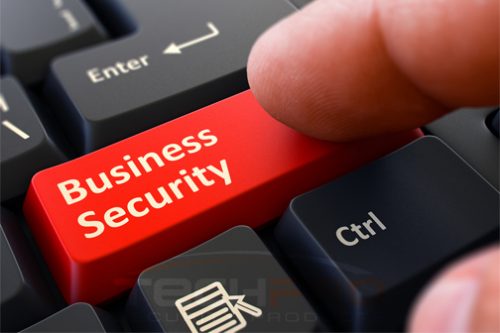No matter what industry a business is involved with, there are countless threats that call for a sound business security plan. Theft, fraudulent claims, hacking attempts, and criminal or terroristic threats are still very much part of our reality.
The best way to subvert these actions from taking place or ending with catastrophic consequences is to implement a business security system as one part of a well-thought-out plan. Business security systems incorporate everything from security cameras for video surveillance and access control doors to alarm systems and emergency plans of action.
Each of these aspects could prove to be a vital part of stalling any potential breach before it happens and keeping your business safe from further attacks. And with an active security camera system recording video footage, you can also improve the chances of identifying anyone that happens to attempt a malicious act.
There are plenty of business-related items that will need protecting. Everything from employees and on-site visitors to product inventory, assets, records, IT infrastructures, entrances, and exits are known spots with possible vulnerabilities.
But for any security plan to work, you’ll need to know what needs addressing. Learn more below about how to evaluate the weaknesses unique to your business, where you are most exposed to potential threats, and what procedures will need to be put in place to lower the chances of them happening.
Assessing The Risks
A business security assessment will be the first step you will need to take to develop a successful safety plan. The risk evaluation permits you to collectively understand the different parts that will need to be tackled so that you can develop the proper security measures in a more efficient manner.
One useful approach to doing this is to speak with each of the different departments that make up the business as a whole. Speaking with the tech department, janitorial department, accounting, HR, sales, warehouse, and other relevant teams will give you more practical information from people who know their weaknesses best.
Make a list of the various risks to go over each of these departments with so that everyone knows what to do in case of an event. Include things like workplace violence, active shooter, terrorism, theft, terrorism, fires, and any other potential risks that could cause harm to people or the property.
Create A Master Security Plan
It will be important to develop a master security plan that carefully outlines each of the emergency situations and addresses all of the various security needs found in the initial security assessment. These guidelines will be the final guide given to all department managers and include instructions to follow in case a situation arises.
Each threat should be outlined along with the steps to take during an active situation. You’ll also want to add in how all security cameras, alarm systems, lighting, security guards, emergency response team numbers, and other aspects are utilized in the event a situation does occur.
Additionally, you’ll need to take a look at who has to access to what rooms, especially during and after business hours. Access control systems are a great way to limit access to areas with sensitive information or valuable assets.
You may also want to consider implementing specific techniques to keep all your digital files safe, backed up, and protected with passwords and encryption. Online data theft is an increasingly common practice across multiple industries and a single breach can leave you without important information or, worse still, stolen identities and missing funds.
Assess Personnel Threats First
The first priority for developing a business security plan should be to ensure the safety and protection of all on-site staff and personnel. Make sure there is an emphasis on employee safety that keeps them protected from unwanted dangers.
All potential job applicants should be systematically screened during the initial hiring process so that you are made aware of any red flags. Checking their background, employee history, and verifying references are now considered a routine practice for hiring prospective employees.
For the personnel that does make up the staff, make sure there are business security cameras monitoring the areas of work and don’t forget employee parking. Threats that come from outside visitors are also very real, which video surveillance systems, access control systems, and even security guards protecting entrances can help to eliminate.
Keep Assets & Property Safe
The second most important priority in your business security plan should be to protect things of value from theft, vandalism, or destruction. The combination of video surveillance and access control equipment is an efficient way to reduce unnecessary traffic from unapproved visitors.
Consider adding a fence to further limit people from being able to come into the property and develop a perimeter security plan that protects the weakest spots. Adding motion detection sensors into the alarm system during the hours the business is closed will also further prevent theft attempts from happening.
Make sure to install a sufficient amount of outdoor lighting as well in order for the business security cameras to clearly monitor properties at all hours. You should also ask a professional security company for a free security assessment in order to get an expert opinion and prevent yourself from making any common business security mistakes.
Facebook | Twitter | Google+ | YouTube | LinkedIn
Business Security


